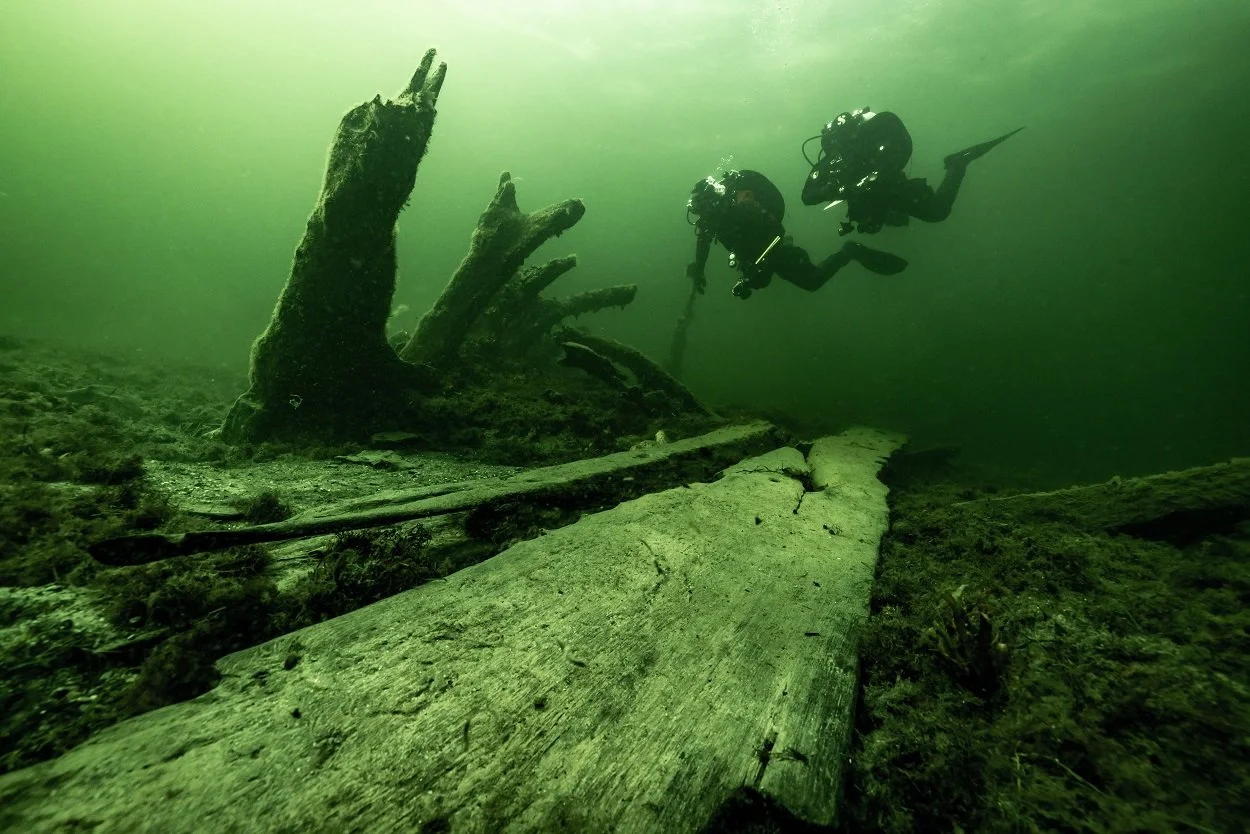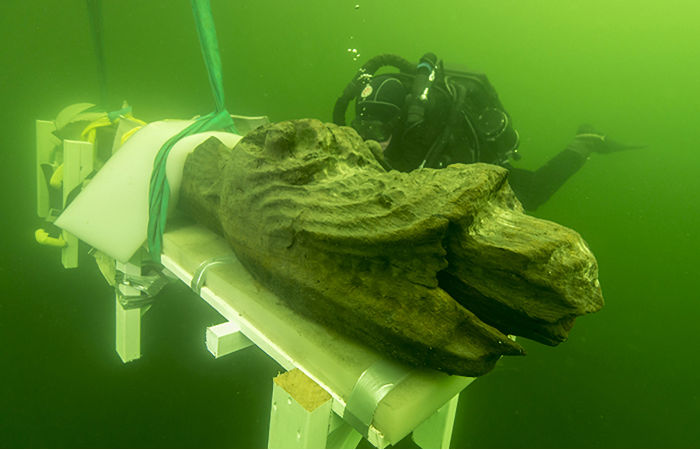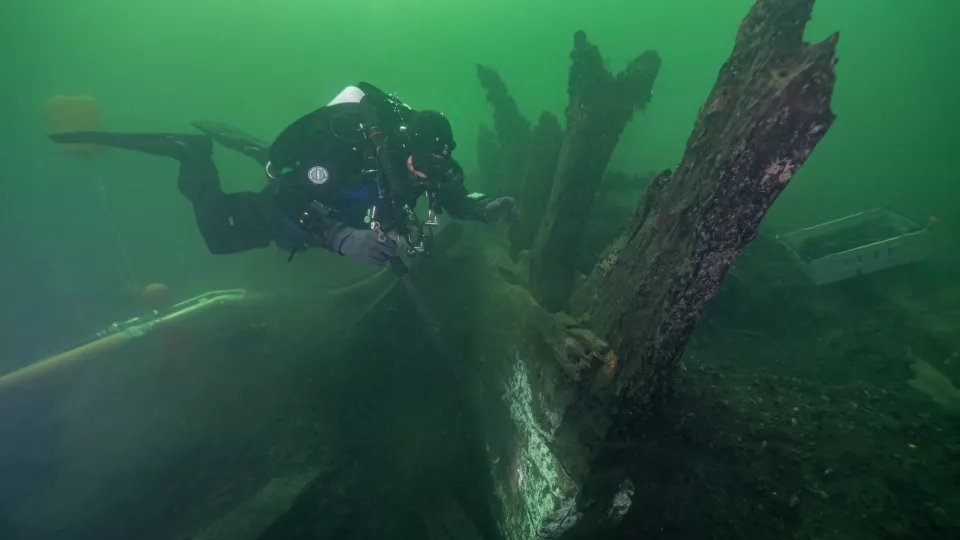Unraveling Mysteries: Science Sheds Light on the Enigmatic Shipwreck Gribshunden

The allure of maritime mysteries has captivated adventurers and historians for centuries, with each sunken ship holding a treasure trove of secrets waiting to be uncovered. Among these enigmatic wrecks, the story of the Gribshunden stands out as a testament to both the perils of the sea and the power of scientific inquiry.
The Gribshunden, a Danish warship that sank off the coast of Sweden in the early 16th century, has long been shrouded in mystery. For centuries, historians and archaeologists have speculated about the circumstances surrounding its demise and the treasures it might hold. However, it was not until recent advancements in marine archaeology and scientific analysis that some of the ship’s most tantalizing secrets began to be revealed.
One of the most pressing questions surrounding the Gribshunden was the cause of its sinking. Historical accounts suggested that the ship had caught fire and exploded, but the exact circumstances remained unclear. In 2015, a team of researchers conducted a series of underwater excavations at the site of the wreck, uncovering evidence that supported the theory of a catastrophic fire. By analyzing the charred remains of the ship’s timber and comparing them with historical records, scientists were able to piece together a more detailed picture of the events that led to the Gribshunden’s demise.

In addition to shedding light on the cause of the sinking, scientific analysis has also provided insights into the daily life aboard the Gribshunden. By studying artifacts recovered from the wreck, including personal items, navigational tools, and weaponry, researchers have gained valuable insights into the lives of the sailors who sailed aboard the ill-fated vessel. These findings not only enrich our understanding of maritime history but also provide a glimpse into the human stories behind the shipwreck.
Furthermore, scientific analysis has enabled researchers to better understand the environmental conditions that contributed to the preservation of the Gribshunden. The cold, brackish waters of the Baltic Sea create an ideal environment for the preservation of organic materials, allowing archaeologists to recover remarkably well-preserved artifacts from the depths. By studying the sediment layers surrounding the wreck and analyzing the chemical composition of the water, scientists can gain valuable insights into the processes that have shaped the underwater landscape over time.

Perhaps most importantly, the scientific study of the Gribshunden serves as a reminder of the importance of preserving our maritime heritage. As underwater archaeology continues to advance, so too does our ability to uncover and protect these invaluable pieces of history. By safeguarding sites like the Gribshunden and conducting responsible research, we can ensure that future generations will have the opportunity to learn from and appreciate the wonders of the past.
In conclusion, the scientific investigation of the mysterious shipwreck Gribshunden has provided invaluable insights into its history, shedding light on its demise and the lives of those who sailed aboard it. Through careful analysis and exploration, researchers have unraveled some of the secrets that have long surrounded this enigmatic wreck, deepening our understanding of maritime history and the human stories it contains. As we continue to explore the depths of the sea, there is no doubt that the mysteries of the Gribshunden and other sunken ships will continue to inspire wonder and fascination for generations to come.